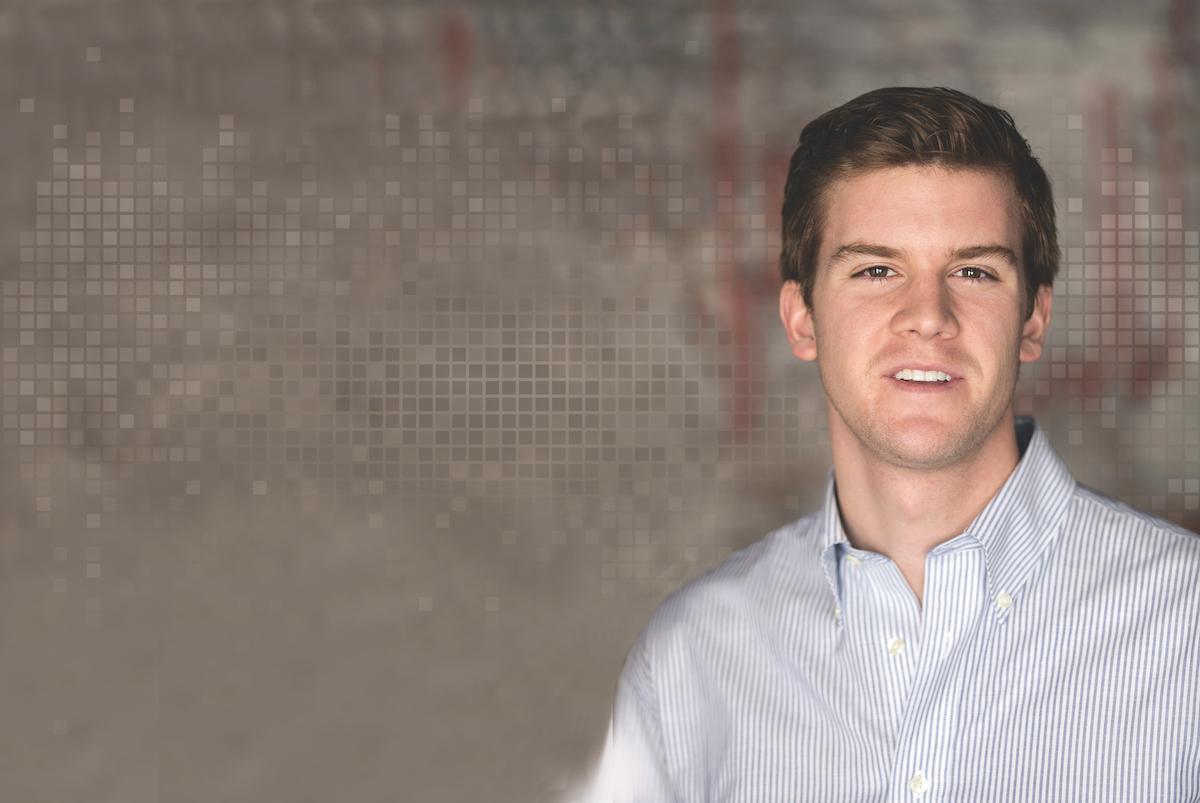
Pathology’s Digital Future
“We call it digital pathology now, but this is shifting to the standard of care. Eventually, this will just be called pathology, and our company will be leading the way,” says David West.

“We call it digital pathology now, but this is shifting to the standard of care. Eventually, this will just be called pathology, and our company will be leading the way,” says David West.
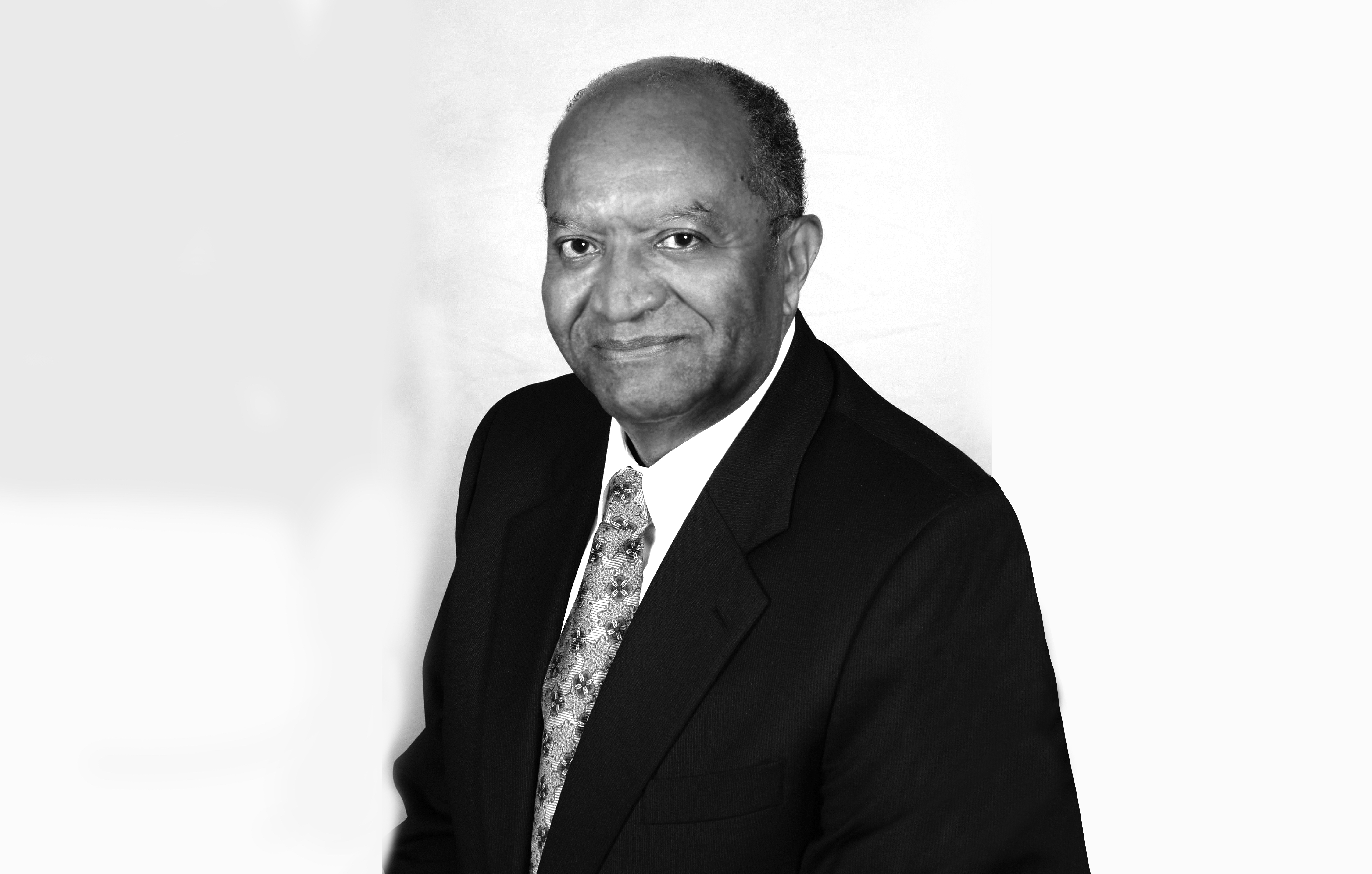
Percy Pierre is a key architect of the nation’s minority engineering effort.
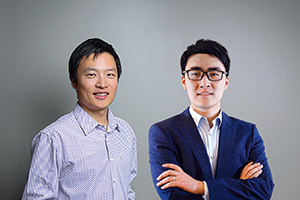
KITT.AI has drawn global attention for its pioneering work in natural language processing—algorithms that recognize spoken language.
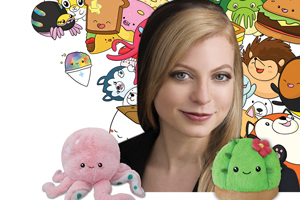
In “Superfandom,” Zoe Fraade-Blanar and Aaron Glazer describe a symbiotic world where brand owners and brand consumers have converged —a world in which a new class of “superfans” have more clout than ever to shape the brands they love.
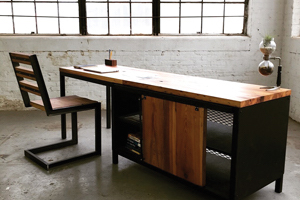
Furniture company Hugo & Hoby is finding success with its old-yet-hip guidelines—locally sourced, sustainable materials, local fabricators, durable and beautiful design, and close personal relationships with both clients and makers.
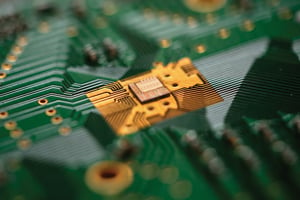
Cellphones that seamlessly work on any network would make lives easier for international travelers. Alyssa Apsel, PhD ’03, is designing inexpensive, flexible radio systems to help make that possible.
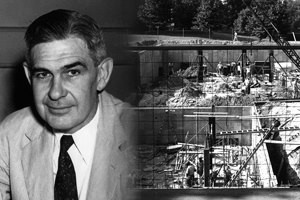
Scientific knowledge—not technical skill —is what engineers need to tackle modern challenges and meet new developments with creativity and innovation. Such was the fervent belief of Robert H. “Rob” Roy ’28.
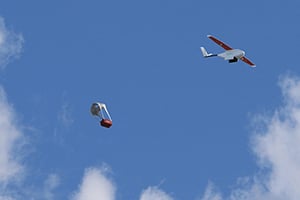
In October 2016, drones started scattering across rural Rwanda. They launched throughout the week, as many as 50 flights a day, traveling miles from their base to locations deep in the countryside to drop vital supplies to clinics that couldn’t obtain them by other means.
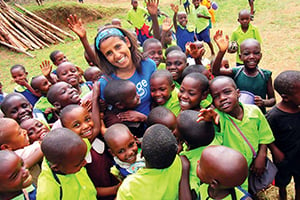
The need for clean water and sanitation is a given for health. However, having access to these necessities is far from assured in the developing world.